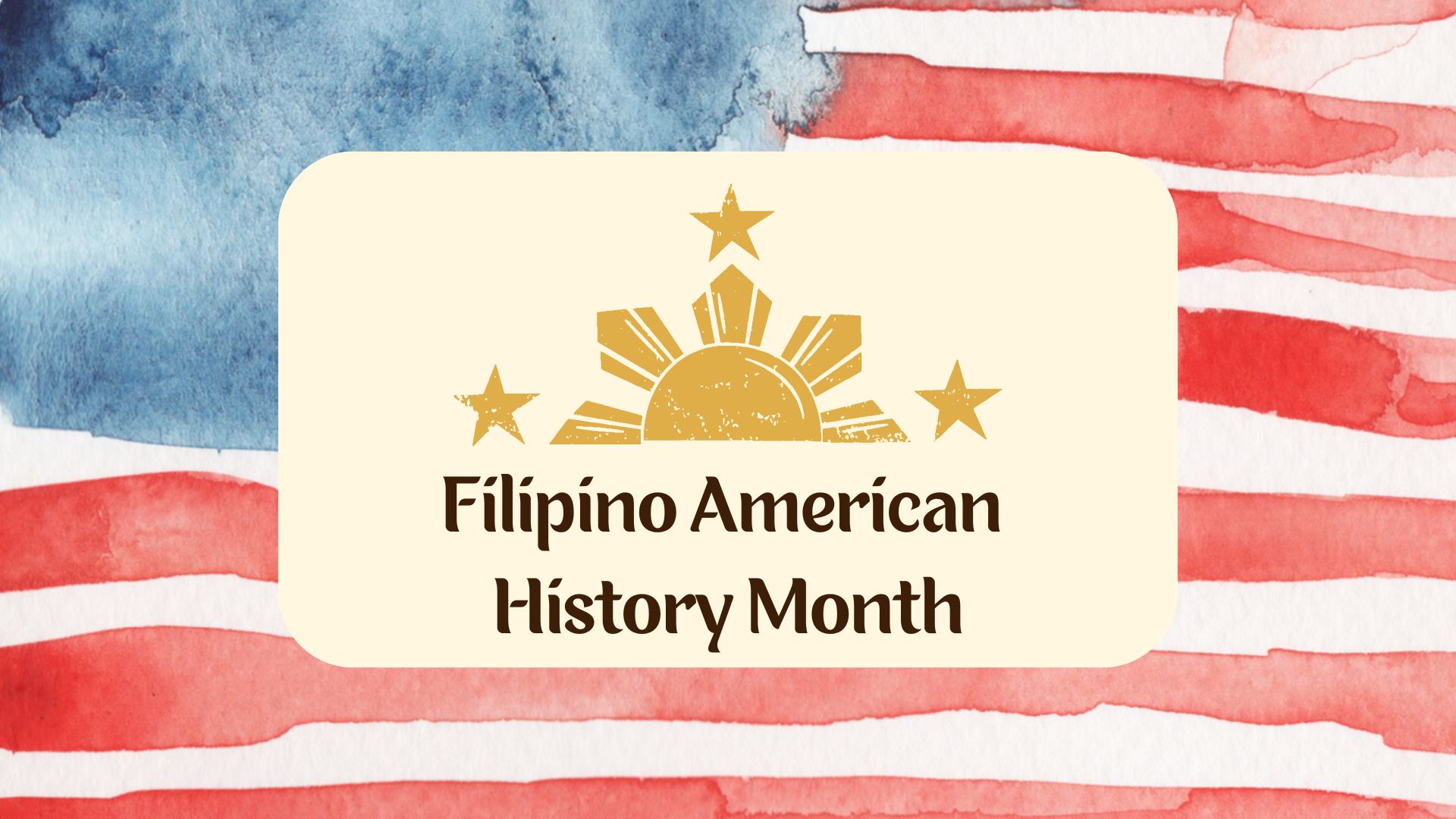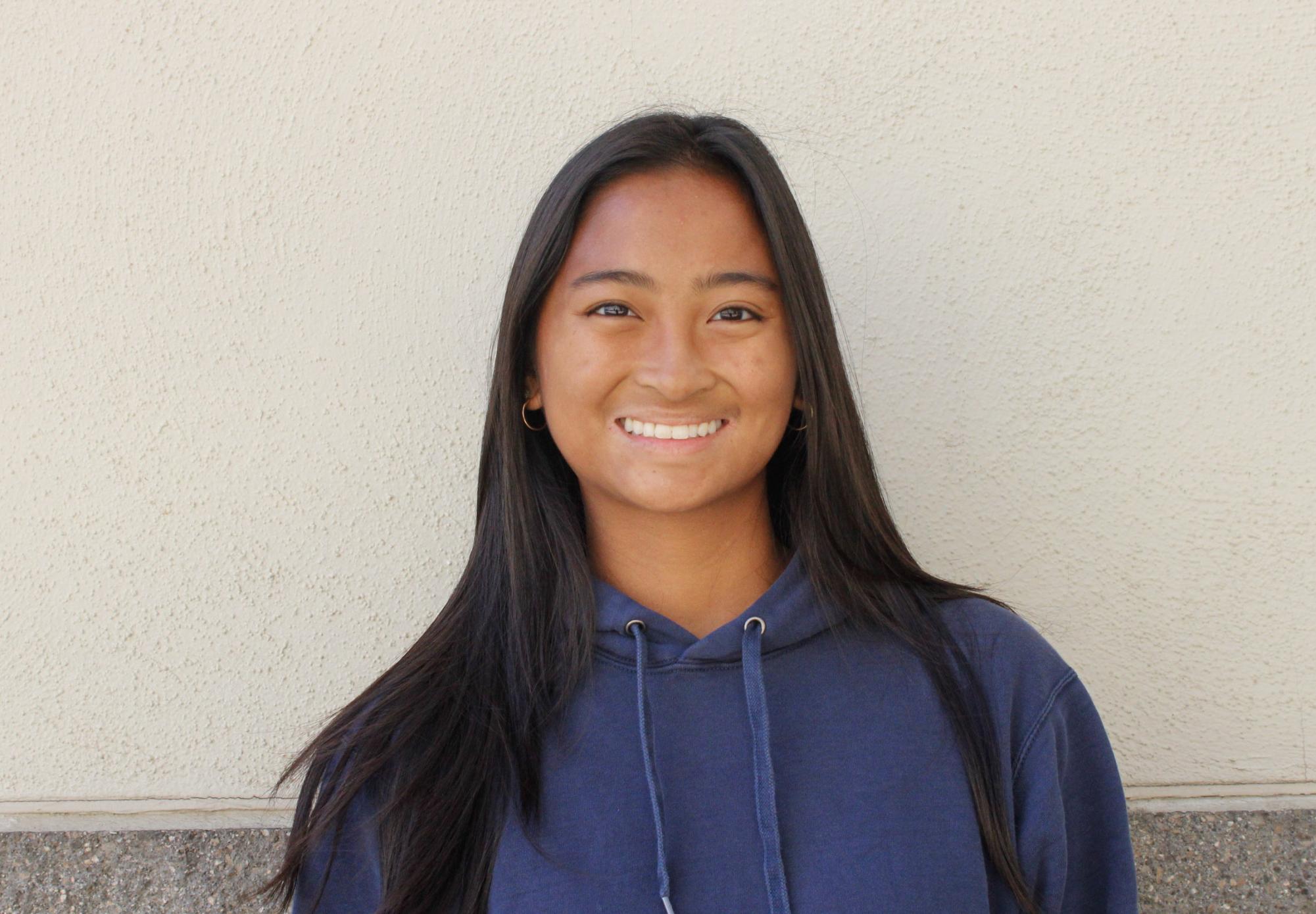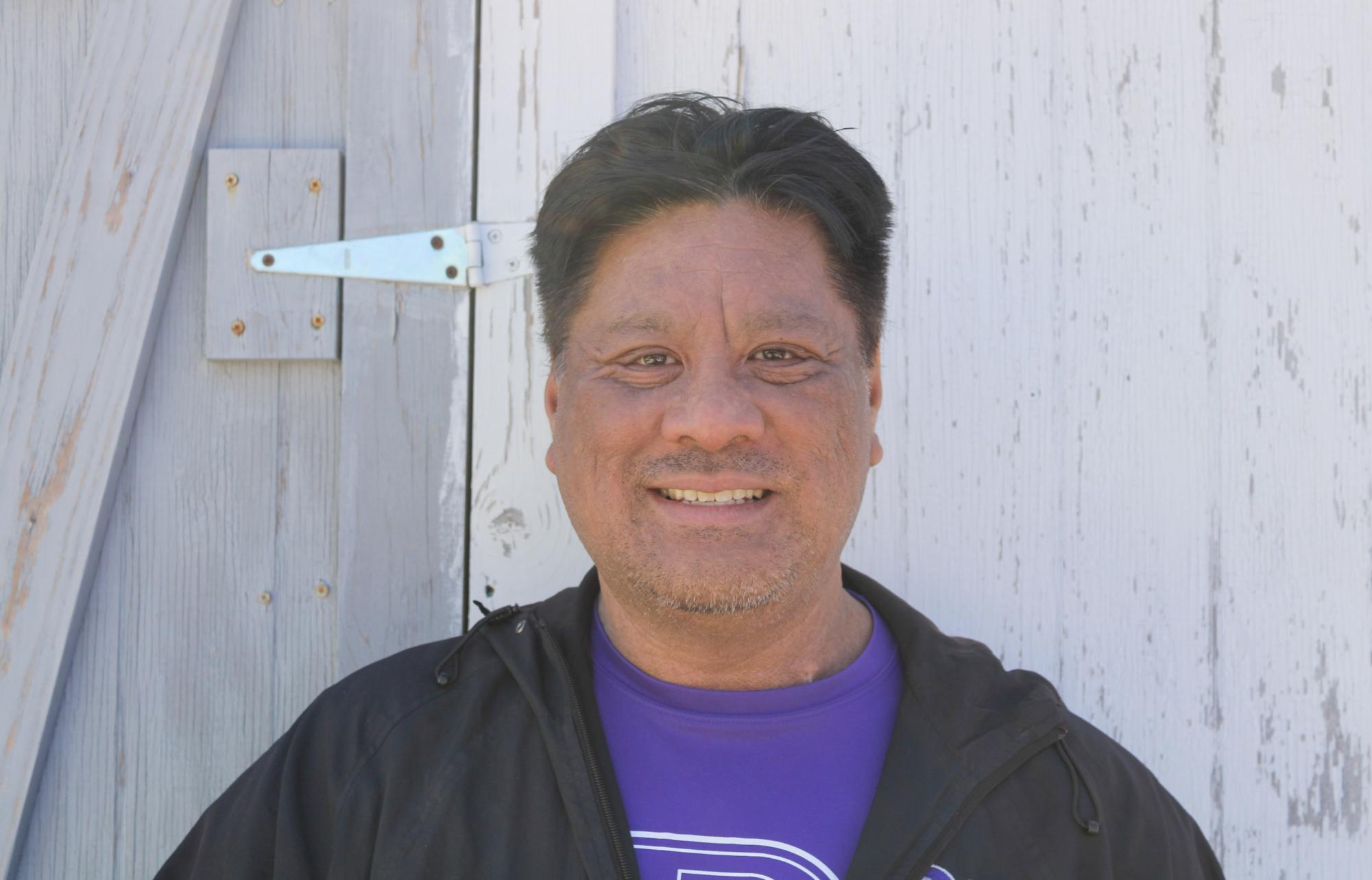
Filipino American History Month

The month of October is the celebration of Filipino American History Month, also known as FAHM. It was first introduced in 1992 by Dr. Fred Cordova and his wife with a resolution from the FANHS National Board of Trustees.
October is the official month of this celebration because it commemorates the arrival of the first Filipinos in what is now the U.S. on Oct. 18, 1587, in Morro Bay, California. The U.S. Congress officially recognized the significance of this month in 2009.

Recognizing FAHM helps to educate people about the historical struggles of isolation, discrimination, and suffering of the Filipino American (FilAm) people. It also acknowledges the community’s contributions to the nation’s diversity.
This recognition hasn’t gone unnoticed by the Filipino Americans on the RCHS campus. With a strong sense of pride and community, many FilAm students shared their positive view of the month.
“I think it’s important to have a month dedicated to remembering all that has happened in Filipino history.” senior Charlene Calang said. “Our culture is really important to us.”
Likewise, senior Adrian Zoleta agrees that the month is important.
“It feels so great! I love being a Filipino American! I mean I just feel seen; there’s a lot of us here,” Zoleta said.

This month and its significance have brought forward lots of celebrations. These include cultural events, educational programs, community gatherings, and recognition ceremonies.
To celebrate the month on campus, the two clubs, Pinoy ATBP and Asian Student Union, collaborated. In their meeting, they talked about how Filipino American History Month stands for struggle, resistance, solidarity, and resilience.
The clubs informed their members about the barriers that Filipino Americans have faced throughout history in the United States, but through resistance and resilience were able to pave the way for others.

Throughout American history, there have been many Filipino Americans who have changed the world. Most may have heard of influential Filipino Americans like Jose Calugas, Larry Itliong, and Victoria Manalo Draves who have made important contributions.
America fought in World War II against the imperialist motives of the Axis powers which included countries like Germany, Japan, and Italy. According to the U.S. Department of Defense, by early 1942, World War II in the Pacific was raging, and the Japanese were fighting to take the Philippines from the U.S. Japan pushed inland on the main island of Luzon, and Allied troops began to withdraw to the Bataan peninsula.
Although not a U.S. citizen at the time, Army Captain Jose Calugas fought for American forces against the Japanese to protect the Philippines from further invasion. After suffering two years in captivity, Calugas was honored with the Medal of Honor.
During the 1960s, in California’s Bay Area, farm workers were underpaid in comparison to the federal minimum wage and despite negotiation attempts, growers were not willing to raise wages. In return, fil-am union organizer and leader in the Agricultural Workers Organizing Committee (AWOC) Larry Itliong became head of the Delano grape strike that helped fight for union rights for farmers in California.
Victoria Manalo Draves was a Filipino American athlete who competed in platform and springboard diving at the 1948 Summer Olympics held in London. Draves was the first woman to be awarded gold medals for both the ten-meter platform and the three-meter springboard. She was also the first Fil-Am and Asian-American to win a gold medal in the Olympics as a competitive diver.
Although many may not have considered it, there are also amazing Filipino Americans all around the Rancho Cucamonga High School community who have made an impact. Here are some of their stories.
For example, sophomore Juliana Hall’s grandparents immigrated to America while her grandfather served in Vietnam. In the events of the Vietnam War, the Philippines helped provide civil and medical operations with thousands of Filipinos providing support. Both of Hall’s grandparents helped during this time with her grandmother too working as a nurse.
“My grandpa was in Vietnam and that’s how he was able to immigrate and my grandma nurse and she worked really hard. I know my grandma, she had to work really hard to be a nurse even when she was here she had to work harder than most people to have the life she wanted,” said Hall.
Continuing to support America, the Philippines has been supplementing the field of nursing. For the last 50 years, with the shortage of nurses, the United States has outsourced its needs for medical workers. When under U.S. occupation, immigration laws were reduced in the Philippines. With reduced immigration laws, nursing certifications became valid in America, so now Filipino-American nurses have been prevalent.
“A majority of my aunts and uncles and family all are nurses because of the nursing shortage, they were all able to get their education and become nurses and help the community,” said Calang. “They are a large part of the nursing field, like just Filipinos in general, and it’s important because it’s a way that we decided to reclaim our significance in society.”

At RCHS, moderate to severe special education teacher Mr. Daniel Fernandez was born in Long Beach, California with his both parents immigrating from the Philippines.
Fernandez helps students with moderate to severe disabilities which include autism, intellectual disabilities, down syndrome, and other cognitive disabilities. He teaches them how to become better at academics, skills to better themselves in behavior, functional academics, and social skills.
“I think it’s good we can highlight different cultures here of the people in the United States, especially California,” said Fernandez. “California is so diverse and one of the first places that the Filipinos came during one of the waves of Filipino immigration to the US was in California. They migrated to central California to help out from farming, aside from Hawaii, and California has a big Filipino and Filipino-American community because of that history. So, I’m glad we can celebrate Americans and Filipinos here in the U.S.”
For other Filipinos in the community and on campus, Fernandez hopes to be a beacon of support and someone that people can look to for familiarity.

While having a significant impact on society, Filipino Americans continue to be resilient. One story of resilience is of freshman Ramona Tumbokon and her mom.
Tumbokon, in 2018, moved here from the Philippines with just her and her mom who worked hard to get her citizenship and come to America.
“I feel like that’s hard because coming as the first generation or being an immigrant is hard because her degrees in the Philippines and the stuff she got in college didn’t work here, so she’s just always working. We are doing really well and I’m just thankful that she works really hard,” said Tumbokon










